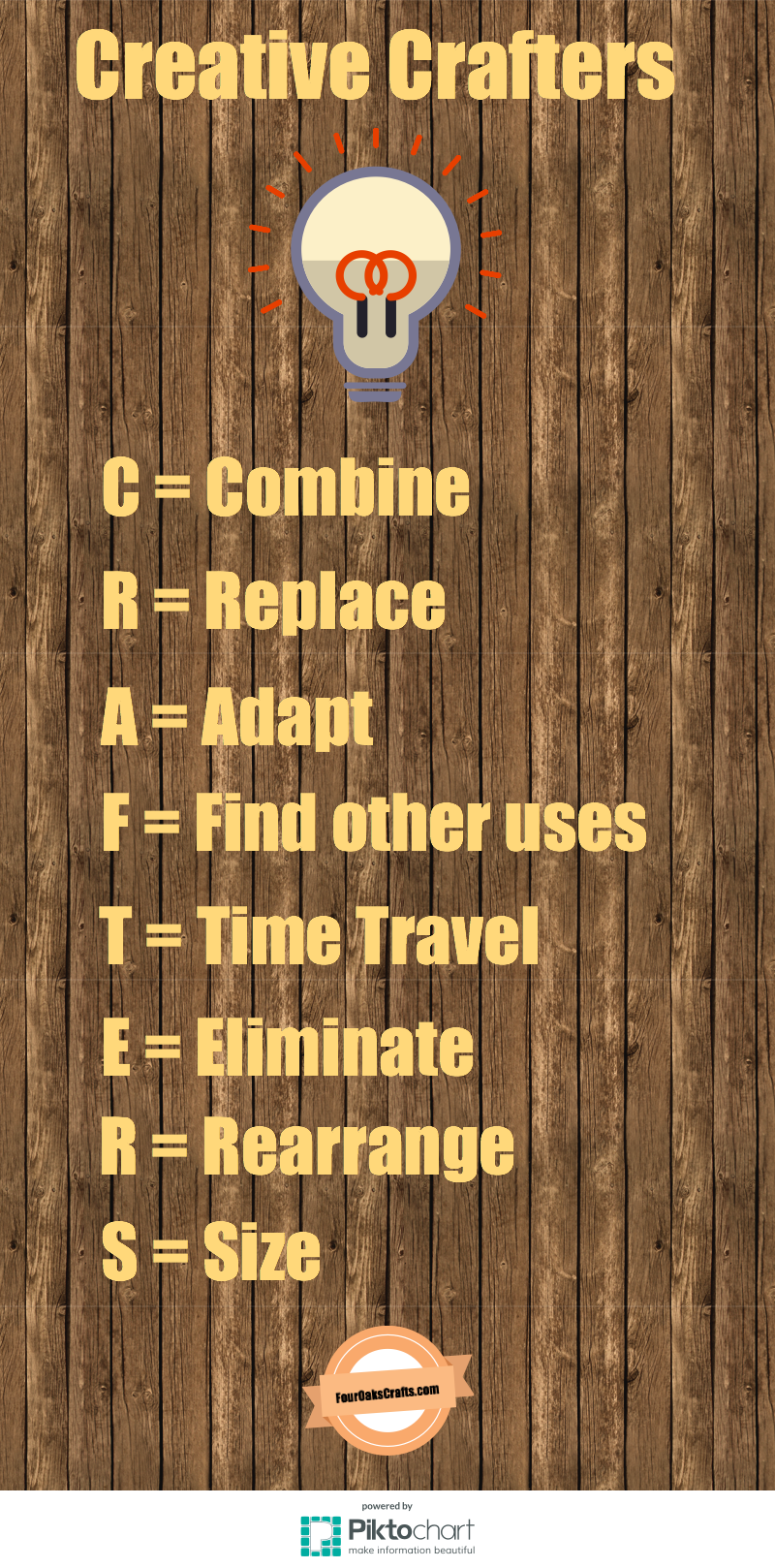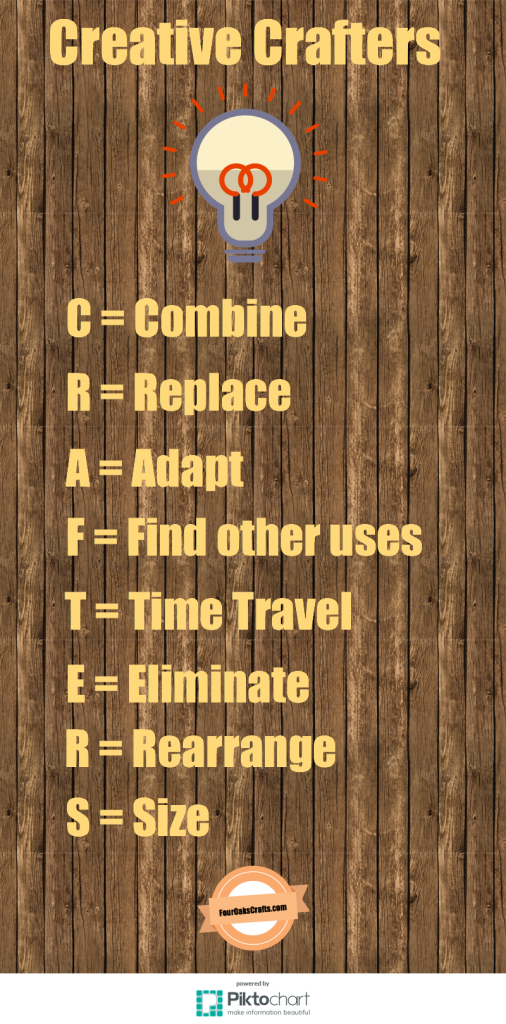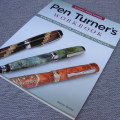Wouldn’t we all like to be creative crafters? I know I would. So I’m always on the lookout for tools and techniques that pull me out of my box and my comfort zone. To be honest, I don’t feel creative most times, but I know there are ways to draw the creative spark out of any person.
Being creative isn’t some kind of super power. It’s simply forcing your brain to see connections between ideas that you hadn’t thought about before. It’s about discovering idea combinations that make others say, “Why didn’t I think of that?”
King Solomon wisely said it centuries ago, “There’s nothing new under the sun.” If you think about it, most new ideas we see in the crafting and DIY world — and anywhere for that matter — are remakes of older ideas. But fortunately we have better technologies and materials to repurpose old ideas and concepts. We have the tools, knowledge and techniques to quickly reassemble or reconfigure past ideas into something modern and useful. And these ideas become better with time.
So what creative tools and techniques are out there?
Glad you asked.
I recently rediscovered a very helpful book called Thinkertoys: A Handbook of Creative-Thinking Techniques by Michael Michalko. This book has been sitting on my shelf for years, and I decided to pull it out and read through it again. I’m so glad I did, because this book is filled with techniques that will shift your brain into creative overdrive.
One technique found in the book is the acrostic SCAMPER. S = Substitute, C = Combine, A = Adapt, M = Magnify, P = Put to other uses, E = Eliminate, R = Reverse. I thought about how I could adapt this to crafting, woodworking, and DIY. After doodling for a few minutes, I came up with the acrostic — CRAFTERS:
C = Combine
R = Replace
A = Adapt
F = Find other uses
T = Time travel
E = Eliminate
R = Rearrange
S = Size
I simply put my own creative spin on Michalko’s idea and came up with some questions you can ask yourself to generate more creative ideas.
Let me elaborate:
Combine: Ask yourself what ideas can be combined together. What different materials can be put together? Hamburgers and fries. Wood and paracord. Rocks and paint. Bullet casings and writing pens.
Replace: What can I substitute and create different crafts? I look at everyday objects and ask myself — what if I used wood to make the same object? Wooden coffee scoops? Yes, I’ve done that. And wooden spoons.
Adapt: I see this one used all the time when people repurpose old things to make new crafts. Just look at the gazillion things folks are doing with old pallets or wine bottles.
Find other uses: Who knew an old telegraph insulator could become a lamp shade? Look at the shape and envision what something could become.
Time travel: Go visit a museum or watch history documentaries. Ask yourself — how did my ancestors make this? What materials did they use? Check out what other cultures use to make stuff. You might just discover something from the forgotten past and respin it with different materials or a different purpose.
Eliminate: Can I simplify something? Can I eliminate a step or a part? What if you could make your craft with one tool instead of five? Make it out of one material instead of three?
Rearrange: Can I turn it a different direction? Change the order? I’m picturing a wine bottle turned upside down, and it’s become a bird feeder.
Size: Size matters. What if you made something smaller? What if you made it larger? Miniature ponies versus Clydesdales.
I hope you find the CRAFTERS acrostic helpful. Be sure to get a copy of Michael Michalko’s book to learn more techniques that will take you to new and creative heights.
Please take a minute and consider subscribing to my site. You can sign up for free and you’ll get the latest updates every time I add a new post or project. Check out the form in the left hand column.
Good luck all you creative crafters and happy woodworking and crafting!







